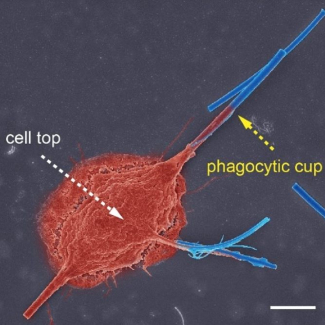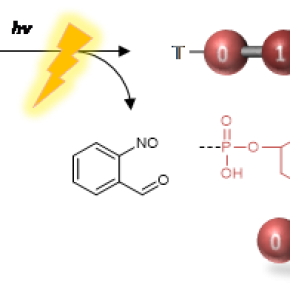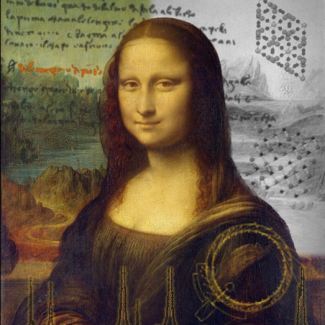
Secret messages hidden in light-sensitive polymers
Scientists from the CNRS and Aix-Marseille Université have recently shown how valuable light-sensitive macromolecules are: when exposed to the right wavelength of light, they can be transformed so as to change, erase or decode the molecular message that they contain. The results of this research were published on 4 September 2019 in Nature Communications.
DNA is a long chemical sequence that carries genetic information. Inspired by this biological system, in recent years many research teams have been exploring how to store and then decode information within synthetic macromolecules, also called polymers1 .
In a leap forward in this field, researchers at the Institut Charles Sadron (CNRS) and the Institut de Chimie Radicalaire (CNRS/Aix-Marseille Université) have developed light-sensitive polymers where light can change the information stored on the molecular scale. Three types of information change have been shown in this work: revealing, changing and erasing a message.
These French scientists have shown that some polymers can act like invisible ink: when exposed to the appropriate wavelength, their monomers are transformed, and the sequence becomes legible. The message only appears if it is subjected to the right light source. This is the first example of a secret message stored on a molecule. This study also shows that monomers being changed by light can be used to erase or change the information contained in some polymers. Chemists have for example ‘transformed copper into gold’ by changing the chemical symbol for copper written on a polymer, Cu, into the chemical symbol for gold, Au.
The polymers are ‘read’ using mass spectrometry, a technology used routinely in many analytical laboratories. The teams involved in this recent work now wish to continue it by exploring how to control the physical properties of the polymers using light, for applications other than information storage and decoding, such as design of new materials.

© Jean-François Lutz
- 1A polymer is composed of simple chemical units, monomers. A polymer can take the shape of a sequence of two different monomers that can be read as 0 or 1 in a message written in binary notation.
Photo-editable Macromolecular Information. Niklas Felix König, Abdelaziz Al Ouahabi, Laurence Oswald, Roza Szweda, Laurence Charles and Jean-François Lutz. Nature Communications, September 4 2019.

